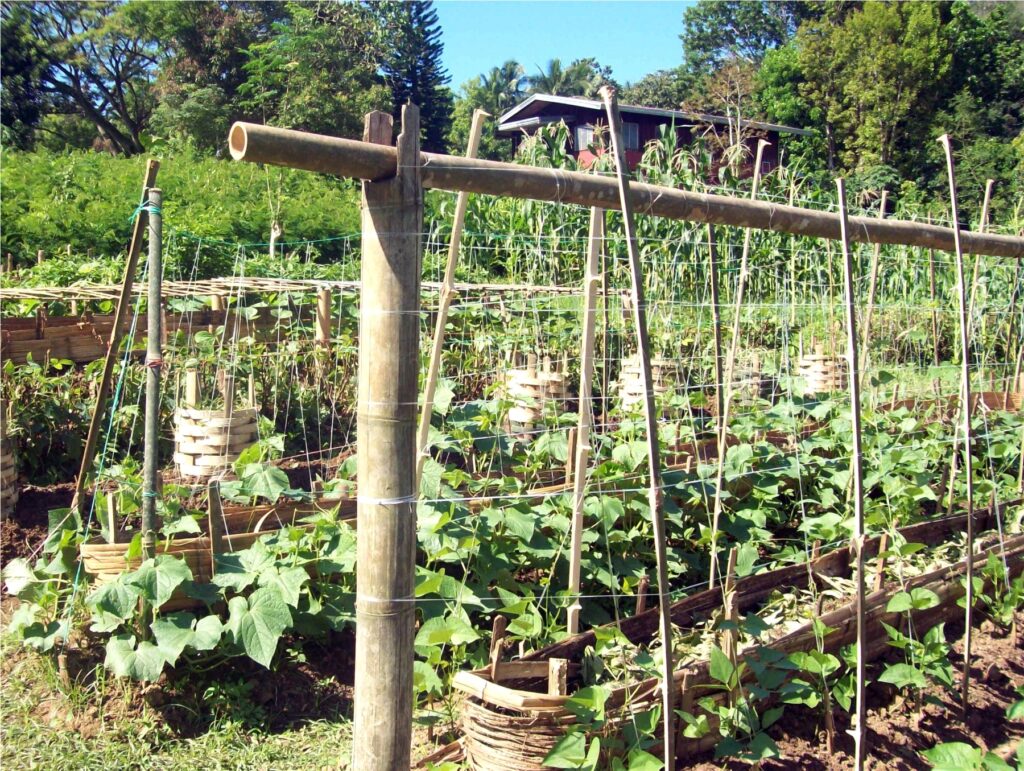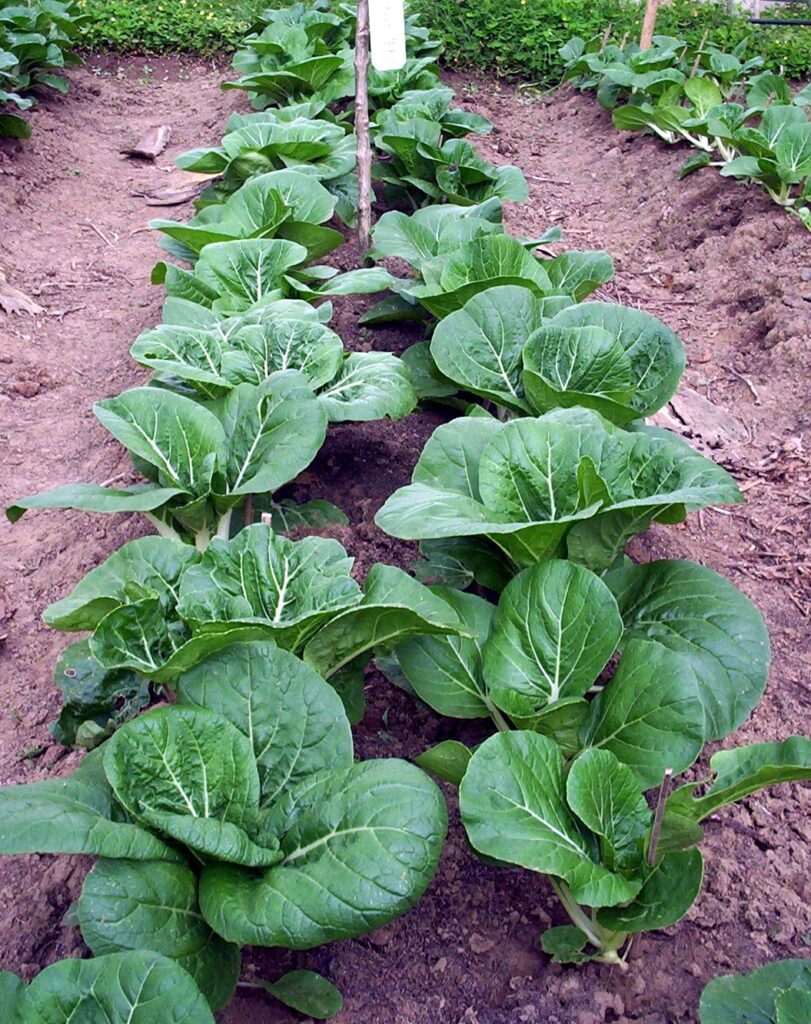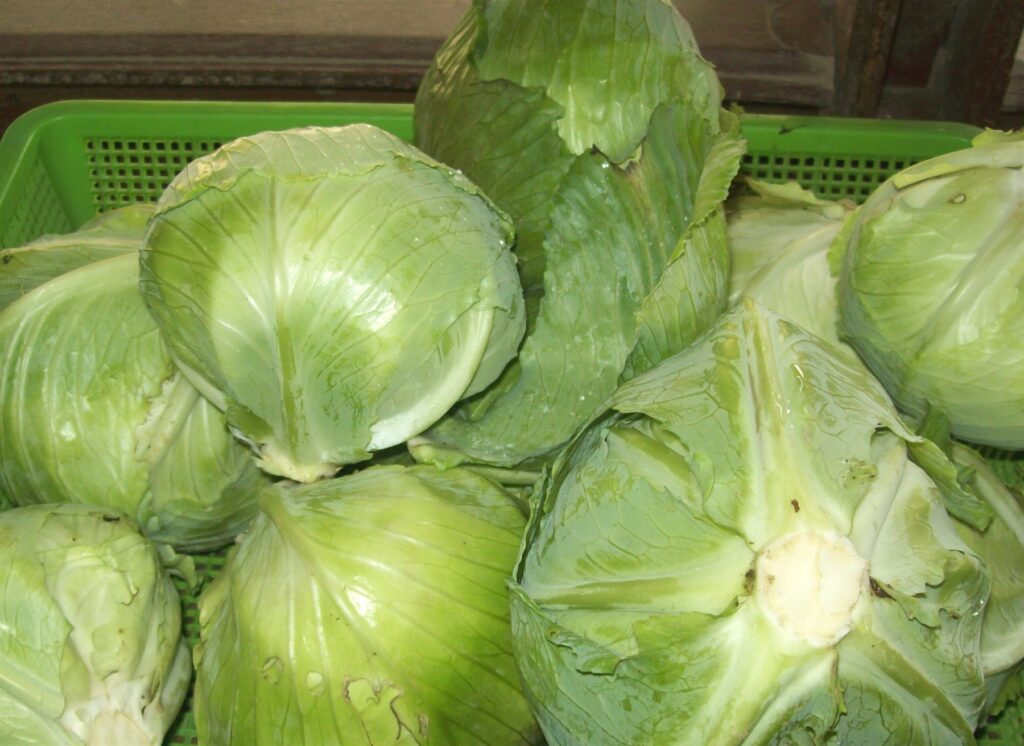Text and Photos by Henrylito D. Tacio
The world is not on track to end hunger and malnutrition by 2030, states the Food and Agriculture Organization (FAO) of the United Nations in a new report.
New data that represents the first comprehensive global assessment of food insecurity – the state of being without reliable access to a sufficient quantity of affordable, nutritious food – carried out since the coronavirus disease 2019 (COVID 19) pandemic began indicates that the number of people affected by chronic hunger in 2020, rose by more than in the previous five years combined.
Reversing this situation will likely take years if not decades, according to FAO and four other UN agencies (World Food Program, the International Fund for Agricultural Development, World Health Organization, and UN Children’s Fund.
“The pandemic continues to expose weaknesses in our food systems, which threaten the lives and livelihoods of people around the world,” the heads of five UN agencies wrote in this year’s report, The State of Food Security and Nutrition in the World 2021 (SOFI).
SOFI notes that around a tenth of the global population – between 720 million people and 811 million – were undernourished last year. Some 418 million of that number were in Asia, the report says.
Global hunger index
The Philippines is among those countries in Asia. In the 2020 Global Hunger Index, the Philippines ranks 69th out of the 107 countries with sufficient data to calculate 202 GHI scores. With a score of 19.0, the Philippines has a level of hunger that is moderate.
Some years back, the Philippines was listed by the FAO as one of the 13 low-income food-deficit countries in Asia (“those that do not have enough food to feed their populations and for the most part lack the financial resources to pay for imports”).
The other twelve countries – most of them thickly populated – were Bangladesh, Bhutan, Cambodia, China, India, Indonesia, Laos, Maldives, Mongolia, Nepal, Pakistan, and Sri Lanka.
“In many developing countries, rapid population growth makes it difficult for agricultural production to keep pace with the rising demand for food,” wrote Don Hinrichsen in a comprehensive study published by Population Reports. “Most developing countries already are cultivating virtually all arable land and are bringing more marginal land under cultivation.”
Jacques Diouf, at the time when he was the director-general of FAO, echoed the same concern. “Population growth continues to outstrip food availability in many countries,” he pointed out during the 1996 World Food Summit in Rome.

Vegetable gardening 
Pechay 
Organically-grown cabbage
Food security
This alarms experts so much that the concept of food security came into existence. FAO defines it as a “state of affairs where all people at all times have access to safe and nutritious food to maintain a healthy and active life.”
People are said to experience a lack of food security when “either they cannot grow enough food themselves, or they cannot afford to purchase enough in the domestic marketplace.” As a result, “they suffer from micronutrient and protein energy deficiencies in their diets.”
Most of those suffering from hunger are those living in the cities since they don’t have enough areas where they could plant vegetables and other crops. In comparison, people living in rural areas can always plant vegetables and fruit trees in their homeyard.
When pandemic stirred lockdowns and quarantines, agriculture experts then suggested urban agriculture as an alternative food security solution in urban areas.
“Urban agriculture refers not merely to the growing of food crops and fruit trees but that it also encompasses the raising of animals, poultry, fish, bees, rabbits, guinea pigs, or other livestock considered edible locally,” explains Dr. Irene Tinker, an American professor in the department of city and regional planning at the University of California.
In recent years, urban agriculture has been creating a big impact in some thickly-populated areas. In the 1990s, the Beijing government decided that urban agriculture was an important way to meet the city’s food needs. Today, farming in, around, and near Beijing not only provides residents with safer but healthier food it also keeps farmers in business.
“Between 1995 and 2003, the income for farmers living just outside of Beijing doubled,” wrote Brian Halweil and Danielle Nierenberg in their collaborative report published in the recent issue of State of the World, published by Washington, D.C.-based Worldwatch Institute.
Good Food Farm
Indeed, urban farming has started to show the way to securing food for families living in highly urbanized areas.
The Good Food Farm in Barangay Ususan, Taguig, reportedly benefitted its 30 members from the Pamayanang Diego Silang in medium-rise BCDA Housing. They have jobs on top of a regular food supply as the Bayer Kubo also sells its extra produce to the community and, eventually, to Conrad Manila Hotel.
The farmer residents are more grateful than ever for partnering with Bayer Philippines on the Bayer Kubo project, a 300-square meter farm right in the middle of their residences. Among the vegetables harvested from the farm were tomatoes, okra, eggplant, sitaw, mustard, pechay, bitter gourd, lettuce, and bell pepper.
They also harvested herbs and spices like basil, tarragon, oregano, roselle, taheebo, gotu kola, serpentine, and lemongrass.
The residents had to go through urban farming training from Bayer Philippines on technologies such as the production of fermented fruit juice and fermented plant juice used as growth enhancers and pest deterrents for their crops.
Malou Furio, Good Food Farm president and one of the residents, said they are set to replant this next season and are expecting vegetable seeds from the Department of Agriculture which has allotted funding for urban agriculture projects.
“We don’t want to neglect our farm,” said Furio. “It is good that we are able to continue being productive during this lockdown.”
Nothing new
The United Nations Development Program estimates that 800 million people are involved in urban farming around the world, with the majority in Asian cities. Of these, 200 million produce food primarily for the market, but the great majority raise food for their own families.
In a survey conducted for the United Nations, cities worldwide already produce about one-third of the food consumed by their residents on average. This percentage is “likely to grow in coming decades, given that the need for urban agriculture could be greater now than ever before,” Halweil and Nierenberg wrote.
Urban agriculture is nothing new. The hanging gardens in Babylon, for instance, were an example of urban agriculture, while residents of the first cities of ancient Iran, Syria, and Iraq produced vegetables in home gardens.

